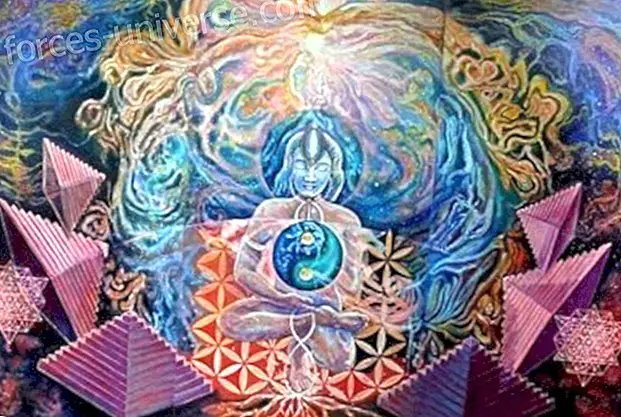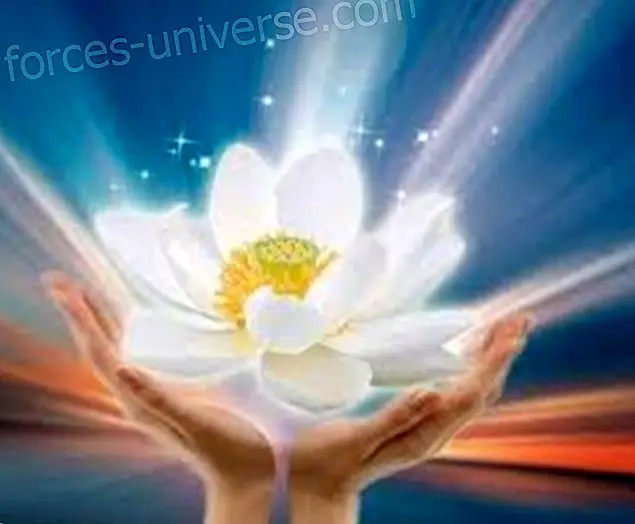Mudra, is a scripted word that usually denotes finger gestures and postures that are used in Buddhism. Such mudras are associated with the images of Buddhas and Bodhisattvas to represent different teachings and philosophies of Buddhism.
Mudra's paintings and statues are always illustrated. Among the hundreds of mudras, also called Dhyani Buddhas or Pancha Buddhas, are the five transcendental Buddha that carry the most important mudras.
The Five Buddha statues, the Mudras and their meaningsThe Mudras and their meanings
1- Dharmachakra Mudra Vairochana:

Vairochana, is considered as the first Dhyani Buddha in Nepalese-Tibetan Buddhism. He represents the cosmic element of Rupa (form). His two hands meet against the chest with the tip of the thumb and index finger of each hand joined.
This mudra is called Dharmachakra Mudra which is the gesture of teaching . Literally, Dharma means law and the chakra means wheel and is usually interpreted as turning the wheel of the law . It is also the gesture of hands exhibited by Lord Buddha while preaching his first sermon in Sarnath.
2- Bhumisparsa mudra - Akshobhya:

One of the Buddha statues is the Akshobhya and is considered the second Dhyani Buddha in Nepalese-Tibetan Buddhism. He represents the primal cosmic element of Vijñana (consiouness). Buddha Akshobhya can sometimes be seen riding on an elephant that symbolizes the nature of his firm Bodhisattva. His right hand shows the Bhumisparsa mudra (earth-touch). This hand gesture is linked to the life of Shakyamuni Buddha.
When Shakyamuni Buddha was at the end of the Enlightenment, where he has to face both internal and external Maras, it is believed that Devaputra Mara asked him about the validity of his attainment of enlightenment and his perfection of Paramita, at that time, his The only witness was the earth . Shakyamuni Buddha asked Mother Earth to testify to her achievement of the Enlightenment, and to indicate this, she touched the earth with her right hand as a witness of her perfection. This gesture, called touching the earth (Bhumisparsa Mudra), became mudra of Buddha Akshobhya.
3- Varada Mudra - Ratna Sambhava:

Ratna Sambhava, is considered the third Dhyani Buddha in order. He represents the cosmic element of vedana (sensation). Its symbol is the recognition of the jewel and the one exhibited by the Varada Mudra. His right hand is open near his right knee. His left hand is seen holding a bowl of alms. In Sanskrit, Varada means granting a blessing . The gesture shows the palm of the right hand directed towards the recipient of gifts, with the fingers pointing down.
4- Dhyana Mudra - Amitabha Buddha:

Amitabha Buddha, is the oldest Buddha among Dhyani Buddhas. It is said to reside in heaven Sukhabati in peaceful meditation. He is sitting in a meditation position. This Mudra is called Dhyanamudra . The palms join together with the right to the left, two thumbs in contact with each other. A bowl of alms held between the two palms. Here the gesture of the meditating hand represents the unity of wisdom and compassion.
5- Abhaya Mudra - Amoghsiddhi:

Amoghsiddhi, is the fifth Dhyani Buddha in order. He represents the cosmic element of Samskar (conformation). His left hand is open in the lap and the correct exposures the Abhaya Mudra. The gesture of courage and protection is usually shown with the left hand with the palm facing outward and all fingers extended upwards. The symbolic meaning is to dispel fear . It is said that the absence of fear is acquired, following the path of the Bodhisattva.
In addition to these important mudras there are hundreds of other mudras. So if you think that these Buddha statues are only designs and nothing else, then each one has a different meaning and symbolism.
AUTHOR: JoT333, editor of the hermandadblanca.org family






